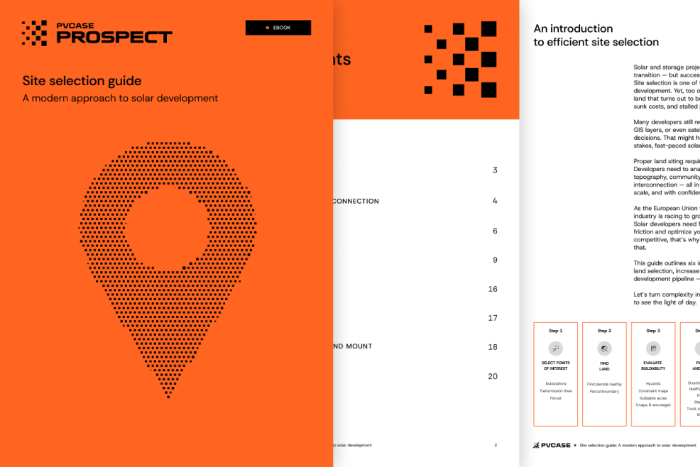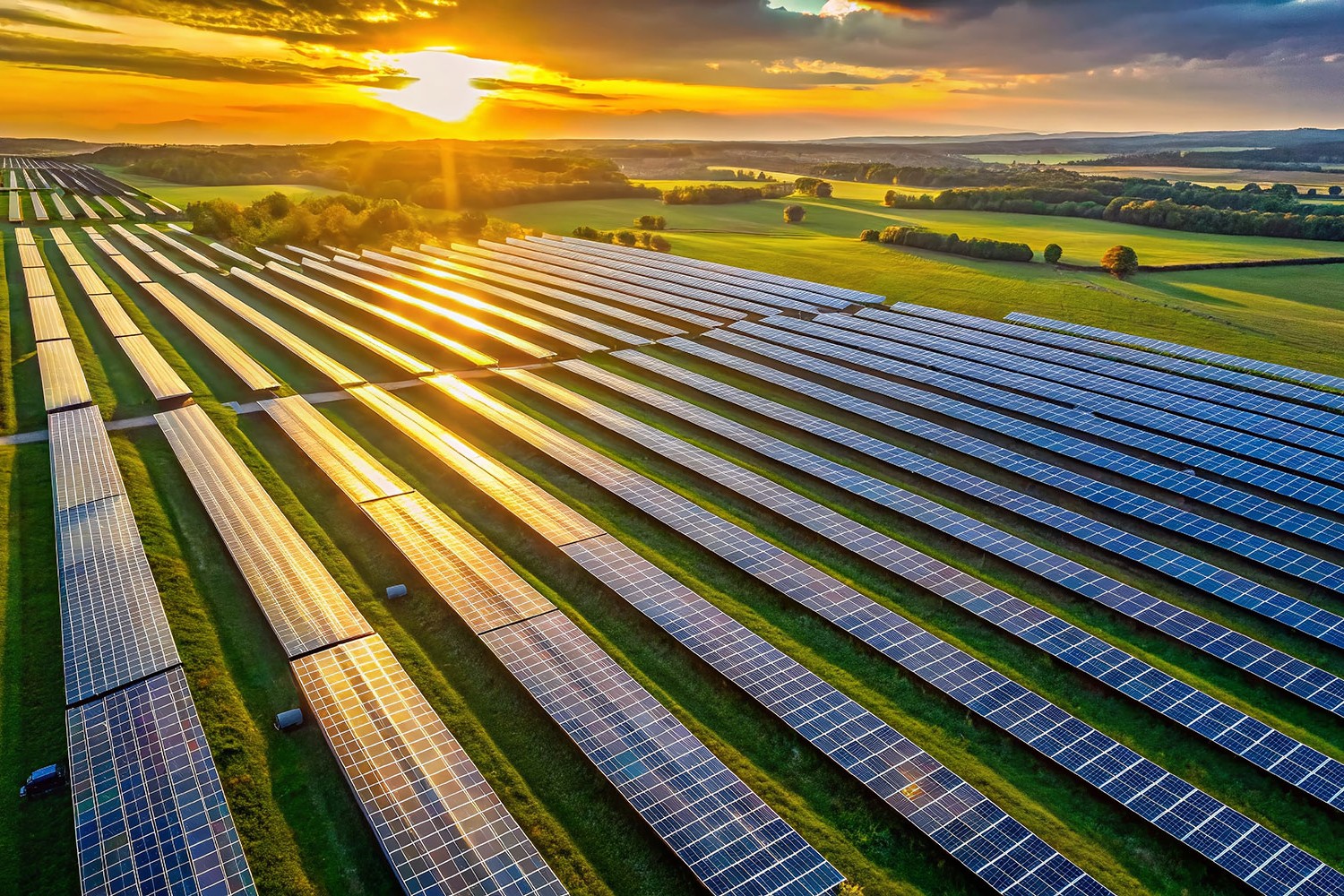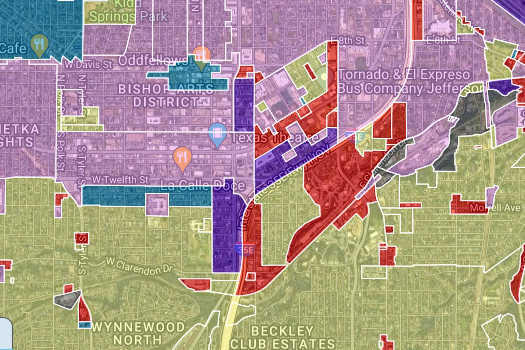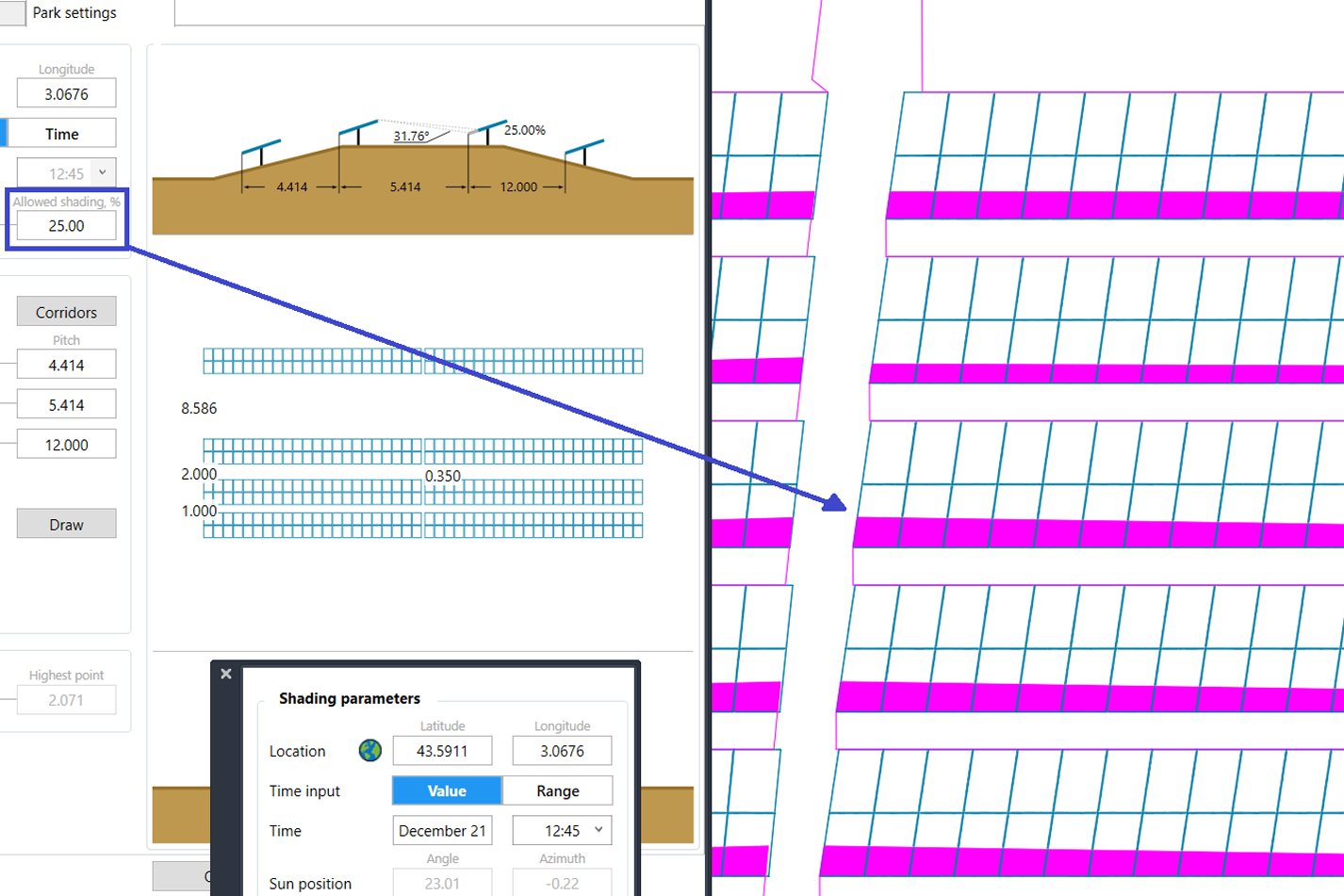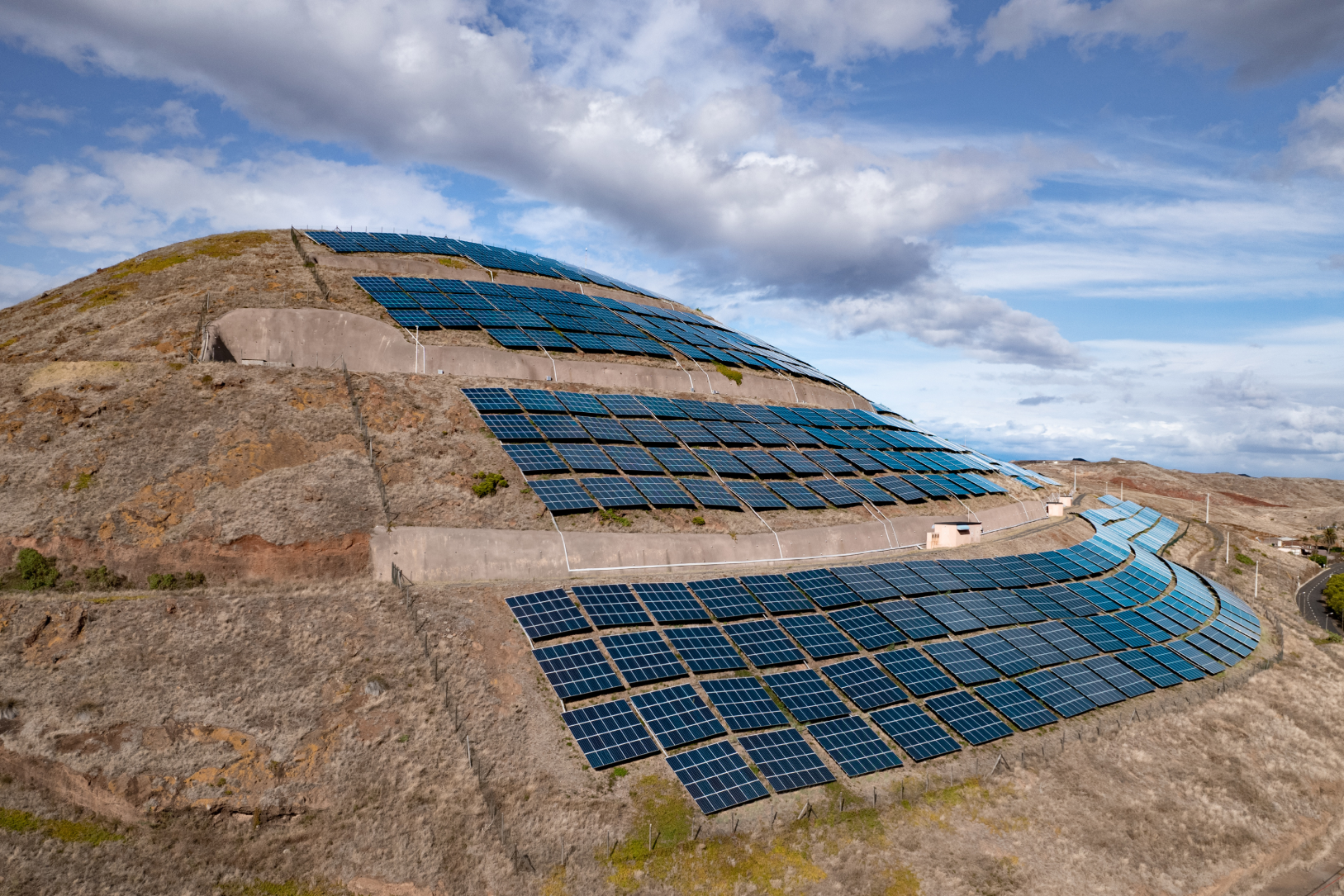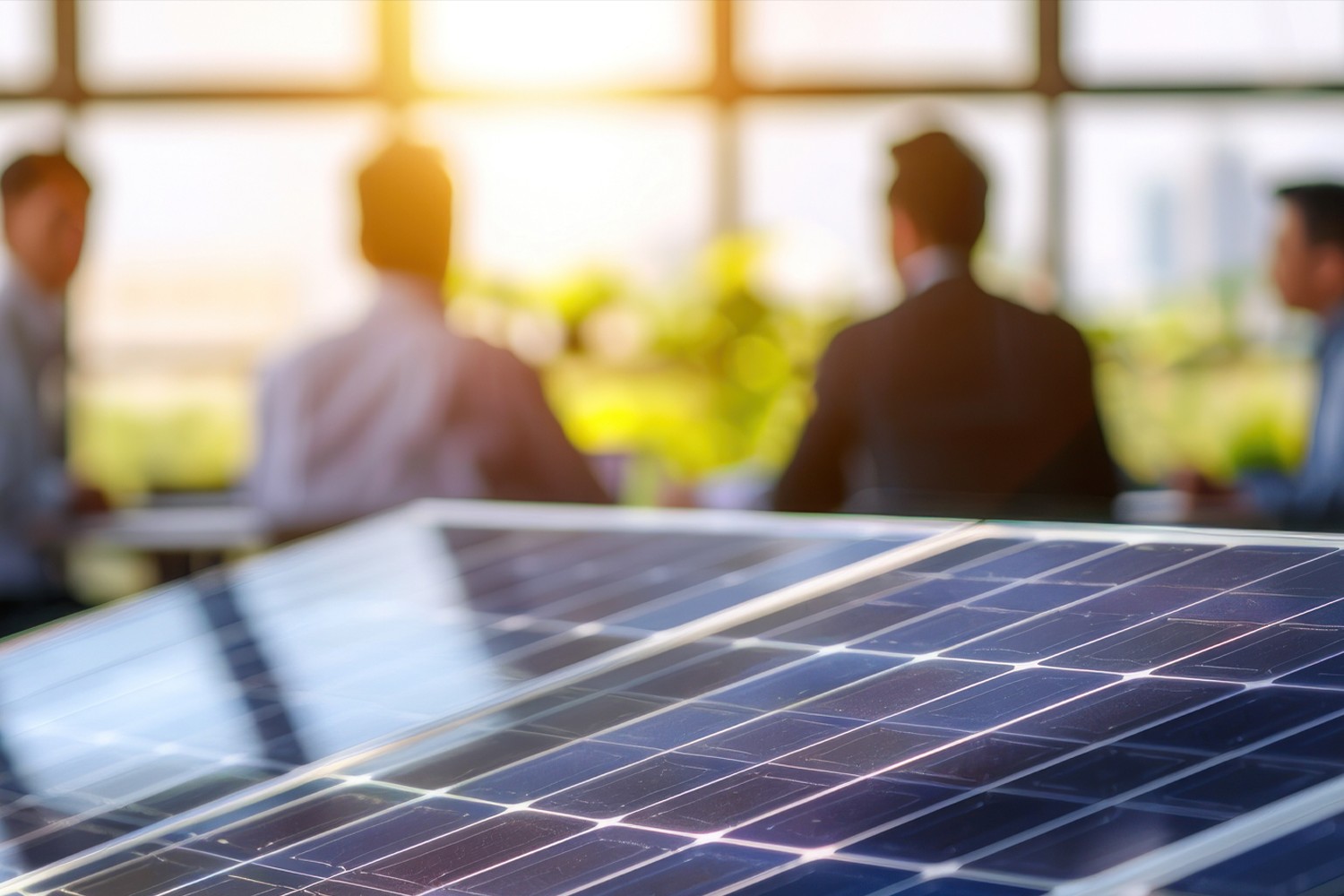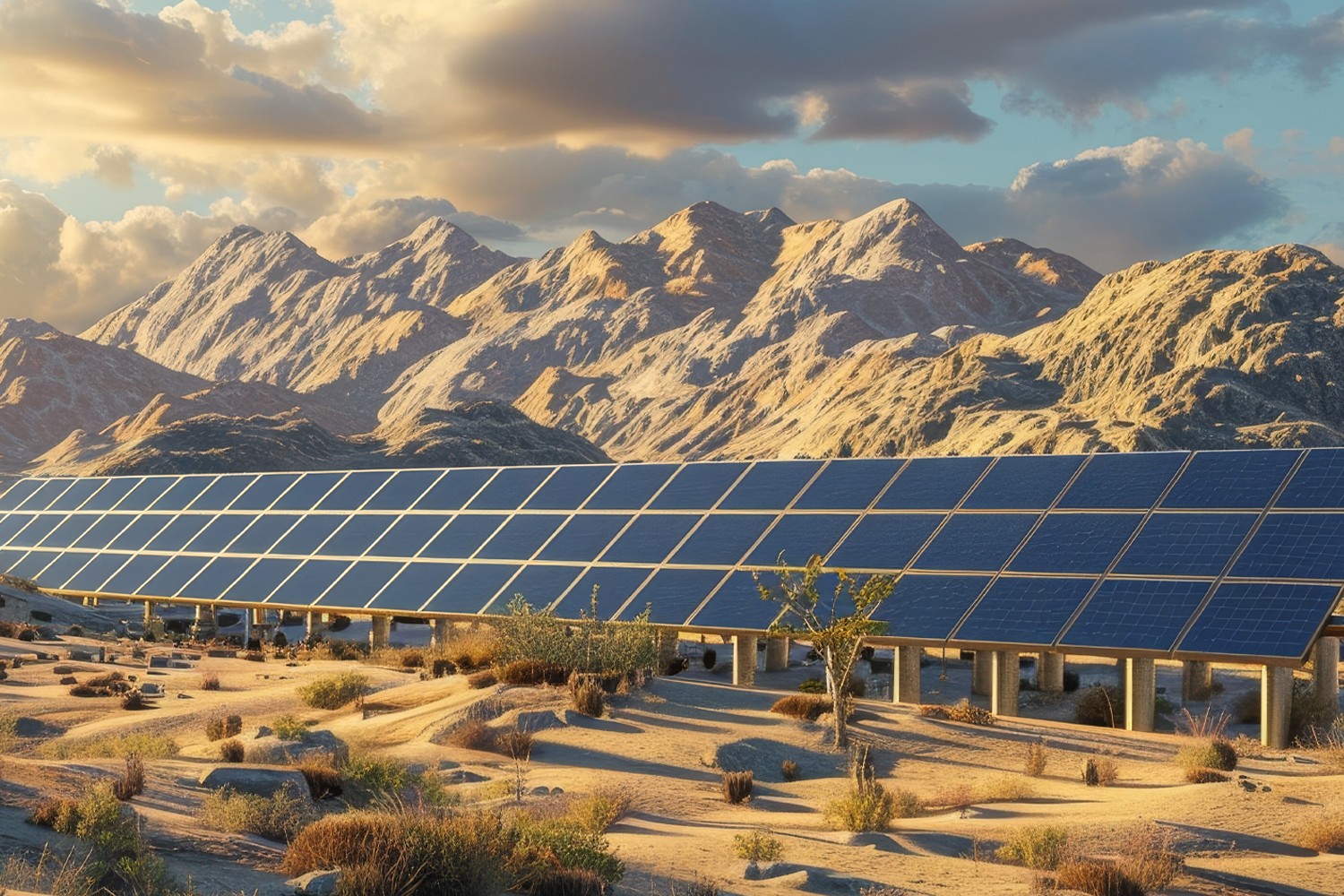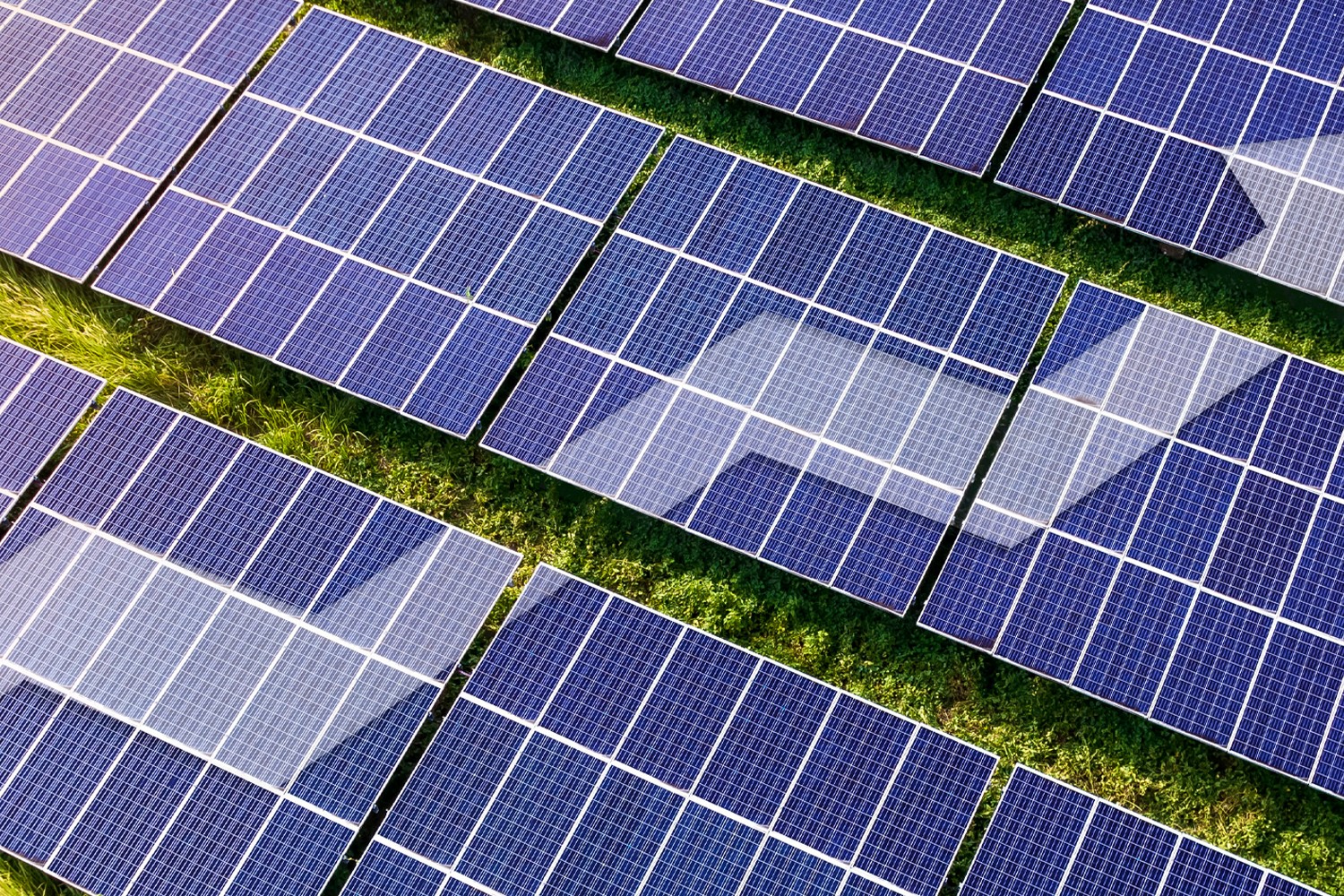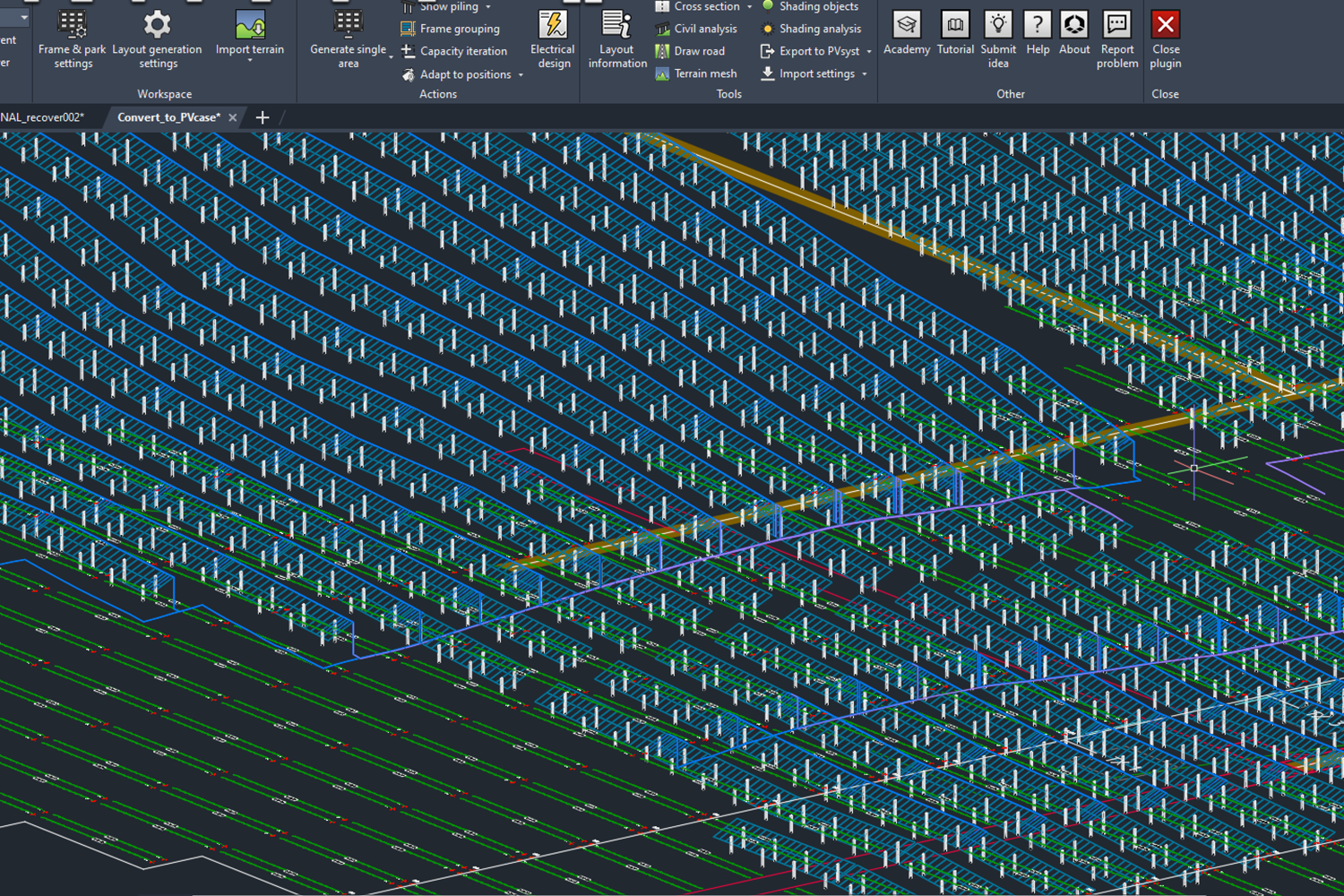Agrivoltaics is the new hope in the renewable energy sector. It optimizes land use efficiency and increases its productivity. Moreover, it enables the employment of agricultural lands for solar installations. Let’s see the current situation of agrivoltaics in Europe.
What is agrivoltaics?
Agrivoltaics, a form of solar sharing or dual land use, is a concept that combines agriculture and photovoltaic (PV) systems, allowing for the simultaneous use of land for crop cultivation and solar energy production. It involves the installation of solar panels above or alongside agricultural fields or grazing land, creating a synergy between food or crop production and renewable energy generation.
The main idea behind agrivoltaics is to optimize land use efficiency and productivity. Utilizing the same land for both solar energy production and agriculture, it addresses the challenge of competing land uses and offers several benefits:
Increased crop productivity. Agrivoltaics can enhance land productivity by providing shade to crops, reducing evaporation, and minimizing water requirements. The panels can act as a protective canopy, reducing temperature extremes and wind speed and improving crop yields.
Energy generation. The solar panels in agrivoltaic systems generate clean, renewable energy, contributing to the overall energy supply. This helps in reducing greenhouse gas emissions and dependence on fossil fuels.
Water conservation. By reducing evaporation, the shading effect of solar panels can help conserve water in agricultural practices. This is particularly beneficial in arid and semi-arid regions with limited water resources.
Economic benefits. Agrivoltaics can provide additional income streams for farmers by enabling them to generate electricity and sell it back to the grid. It can also lower energy costs for farmers, making their operations more financially sustainable.
Land preservation. By utilizing the same land for agriculture and solar energy production, agrivoltaics can help preserve agricultural land that might otherwise be converted for solar installations or urban development. It also helps to preserve biodiversity.
Climate change mitigation. Agrivoltaics contribute to mitigating climate change by reducing greenhouse gas emissions associated with energy generation and promoting sustainable agricultural practices.
While agrivoltaics offer numerous advantages, there are also challenges to consider. The design and management of agrivoltaic systems need careful planning to ensure optimal plant growth, efficient use of resources, and effective maintenance of solar panels. Additionally, the selection of crops that can thrive in shaded conditions and the economic viability of the combined system is an important consideration.
Agrivoltaics is an emerging field with promise for sustainable land use and renewable energy generation. Ongoing research and development are being conducted to optimize system designs, assess crop performance, and evaluate the economic feasibility of agrivoltaic systems in different geographical regions.
Agrivoltaics situation in Europe
To meet its recently increased renewable energy targets, the EU must install at least 710 GW by 2030. This means it must ramp up solar PV deployment to about 80 GW per year, up from about 40 GW installed in 2022.
Meeting these targets will require a significant amount of land, and scaling up multiple-land-use solar design approaches, like agrivoltaics, maybe a very promising way forward. This is because agrivoltaics enable way better land use efficiency. The EU has around 170 million hectares of agricultural land with 94 million hectares of arable land. 900 GW of agrivoltaic projects requires just 1 percent of EU arable land (950,000 hectares), while the land for biofuels occupies 10 million hectares – 10 times more than what is needed to deploy the 900 GW of agri-PV.
Promoting agrivoltaics is already part of the European Commission’s Solar Energy Strategy, which calls on member states to encourage agrivoltaics and implement favorable policies for agrivoltaics.
This is why we were proud to contribute to the latest edition of the SolarPower Europe best Practice Guidelines for Agrisolar. These guidelines were developed by leading experts and companies and provided excellent advice on how to successfully develop agrivoltaic projects.
Countries
The EU Solar Energy Strategy called on EU member states to promote agrivoltaics, including through their agricultural policy frameworks. As a result, 14 Eu member states are planning to support solar PV through their Common Agricultural Policy (CAP) Strategic Plans. Let’s take a closer at what some of these European countries are doing to accelerate agrivoltaics::
– Italy channels €1.1 billion to support the development of agri-PV and €1.5 billion for agrisolar, aiming for more than 1GW development. In addition to this, Italy has developed a specific regulatory framework within its renewable energy law, which includes a definition of agrivoltaics.
– Austria’s Federal law on expanding renewables (EAG) contains agri-PV support measures (30% additional investment subsidy).
– Germany developed the first technical norm establishing clear rules on how to define certain agrivoltaic systems in 2021, the DIN-SPEC 91434. There are plans to cover all types of agrivoltaics and to expand this norm into a technical standard. Germany held the first agri-PV (and floating) solar tenders in 2022.
– France is the largest agri-PV market in Europe, which grew driven by innovation tenders albeit without a clear regulatory or technical framework. France’s 2023 renewable energy law now sets out a clear set of rules to define agrivoltaic systems in a way that balances food sovereignty and energy independence.
– The Netherlands provides specific support to develop agri-PV projects through its CAP Strategic Plan and defines the need for PV to not interfere with the co-located agricultural activity, in addition to criteria for PV module distribution per hectare.

Future predictions
Here are a few major future trends of agrivoltaics:
– The Agri-PV sector is likely to scale up and mature, with projects around the world moving beyond the MW scale and towards the GW scale, as is already the case in China. While technical feasibility has been demonstrated and validated, the challenge now is to continue driving further cost reductions, develop appropriate policy frameworks, and strengthen the cooperation with the agricultural sector.
– The agritech sector will drive innovation. Agri-PV and agritech are interconnected trends transforming the agricultural industry by combining renewable energy infrastructure, innovative technologies, and sustainable practices to address environmental challenges and enhance agricultural productivity.
– Simulation tools that can improve agrivoltaic project development will be key to ensure agrivoltaics scale up sustainably. Tools like PVcase Yield could enable better methods to understand the relationship between the PV system and the co-located agricultural activity, notably through enhanced shading analysis.
How does agrivoltaics work?
Agrivoltaics work by integrating solar panels with agricultural practices to maximize the benefits of both systems. Here’s a general overview of how agrivoltaics work:
Site selection. Suitable sites for agrivoltaic systems are identified based on land availability, solar resource potential, soil quality, and proximity to existing infrastructure. PVcase Prospect can help you a great deal with site selection.
Solar panel installation. Solar panels are installed above or alongside agricultural fields. They can be mounted on structures like poles, frames, or racks or integrated into the design of existing agricultural infrastructure such as greenhouses or shade structures.
Design considerations. The design of agrivoltaic systems considers factors such as panel tilt angle, height, spacing, and orientation. These factors are optimized to balance maximizing solar energy generation and minimizing shading impacts on crop growth.
Crop selection. Crops suitable for agrivoltaic systems are chosen based on their ability to tolerate or benefit from the shading provided by the solar panels. Certain crops, such as leafy greens, herbs, or shade-tolerant crops, are well-suited for these systems.
Shading and microclimate effects. The solar panels provide shade to the crops, reducing excessive sunlight and mitigating temperature extremes. This can create a more favorable microclimate for crop growth, improving water efficiency and reducing evaporation.
Resource management. Irrigation, nutrient management, and pest control practices are adjusted to account for the shading effects and altered microclimate in agrivoltaic systems. Water use may be reduced due to the shading effect, and careful monitoring and management are necessary to ensure optimal crop growth.
Energy generation and management. The solar panels generate electricity, which can be used on-site to power agricultural operations or fed into the grid for distribution. Net energy metering or other incentive programs may be utilized to compensate farmers for the energy they generate.
Maintenance and monitoring. Regular maintenance of the solar panels is essential to ensure optimal energy generation. Monitoring systems are often employed to track the performance of both the solar panels and crop growth, enabling adjustments to be made as needed.
Agrivoltaic systems can be adapted to different agricultural practices, including row crops, orchards, vineyards, and greenhouse cultivation. The design and management techniques may vary depending on the climate, crop type, and regional conditions.
It’s important to note that agrivoltaics is still a developing field and ongoing research is being conducted to refine system designs, evaluate crop performance, and assess the economic viability of these integrated systems.
PVcase for agrivoltaics
The PVcase suite is particularly suited to help agrivoltaic project developers increase the project’s foresight during the design phase. Here’s how our software can help agrivoltaics developers:
– PVcase Ground Mount users can easily model agrivoltaic projects, including vertical bifacial systems or elevated PV systems.
– PVcase GM users can also include different types and shapes of plants below or on the sides of the PV system.
– With PVcase Yield, users can analyze the effects of plants on the PV system and understand complex shading scenes of agrivoltaic projects.
– PVcase Prospect can be used to find the best site for your agrivoltaic project.
You might also be interested in:
March 26, 2025
PVcase Yield product guide: revolutionize solar energy modeling with advanced technology
Download PVcase Yield product guide and discover how PVcase Yield is transforming solar energy modeling with its advanced digital twin technology and physics-based simulations.…
March 25, 2025
The impact of Zoning Data on strategic site selection
Zoning Data encompasses the information used by local governments to classify land use. Learn how this new addition to PVcase Prospect enables solar developers to choose a project…
March 24, 2025
PVcase’s spring product updates: what’s new
PVcase and HeatSpring offer a new training bundle on utility-scale solar engineering for solar designers and engineers.
March 5, 2025
Why fiber data is non-negotiable for data center site selection
Discover why integrating fiber data into your data center site selection process is crucial for reducing costs, accelerating deployment, and improving network resilience.
February 20, 2025
PVcase Ground Mount wins G2 2025 Best CAD & PLM Software award
PVcase and HeatSpring offer a new training bundle on utility-scale solar engineering for solar designers and engineers.
February 18, 2025
PVcase partners with HeatSpring for advanced utility-scale solar training
PVcase and HeatSpring offer a new training bundle on utility-scale solar engineering for solar designers and engineers.
February 3, 2025
Solving ground mount solar design challenges. A guide by engineers, for engineers
Download our e-book for expert insights and actionable solutions to the common pain points you encounter in your day-to-day work, and start taking back your development time.
January 15, 2025
Award-worthy solar software: PVcase’s impact in 2024
Explore how PVcase's award-winning product suite is combating climate change through innovative software and what achievements were recognized the most.
January 14, 2025
Top 10 questions asked during the PVcase Digital SmartUp’24 — answered
Customers ask, we answer — read the article to find answers to the top 10 most asked questions at the exclusive PVcase Digital SmartUp'24 event.
January 10, 2025
Developing solar projects on challenging land
Solar developers face fierce competition, congested grids, and a shrinking pool of ideal sites. What's the solution? Read and and learn how to develop on challenging land instead.
December 12, 2024
Why Locational Marginal Pricing (LMP) data is essential for solar development?
Locational Marginal Pricing (LMP) data helps solar developers forecast profitability, minimize financial risk, and optimize site selection. Let’s break down what LMP data is, its…
December 11, 2024
PVcase product updates — November highlights
With PVcase November updates, you can achieve faster, more accurate results today — no need to make them your New Year’s resolutions. Dive into the major updates from the PVcase…
December 9, 2024
The importance of quality GIS data for solar site selection
Discover the impact of high-quality GIS data on solar site selection. Learn how parcel data, grid capacity, and LMP data optimize solar project development, reduce risks, and…
December 2, 2024
Consequences of extreme weather events: can we still afford it?
Floods, hurricanes, wildfires — whether we want them or not, extreme weather events have become the new normal. This year alone, there have been 24 billion-dollar weather…
November 14, 2024
Fail fast, succeed faster: the developer’s guide to streamlining solar projects with early-stage development software
Discover how solar developers thrive by adopting the 'fail fast, succeed faster' approach. Explore the role of early-stage development software, such as PVcase Prospect, in…

